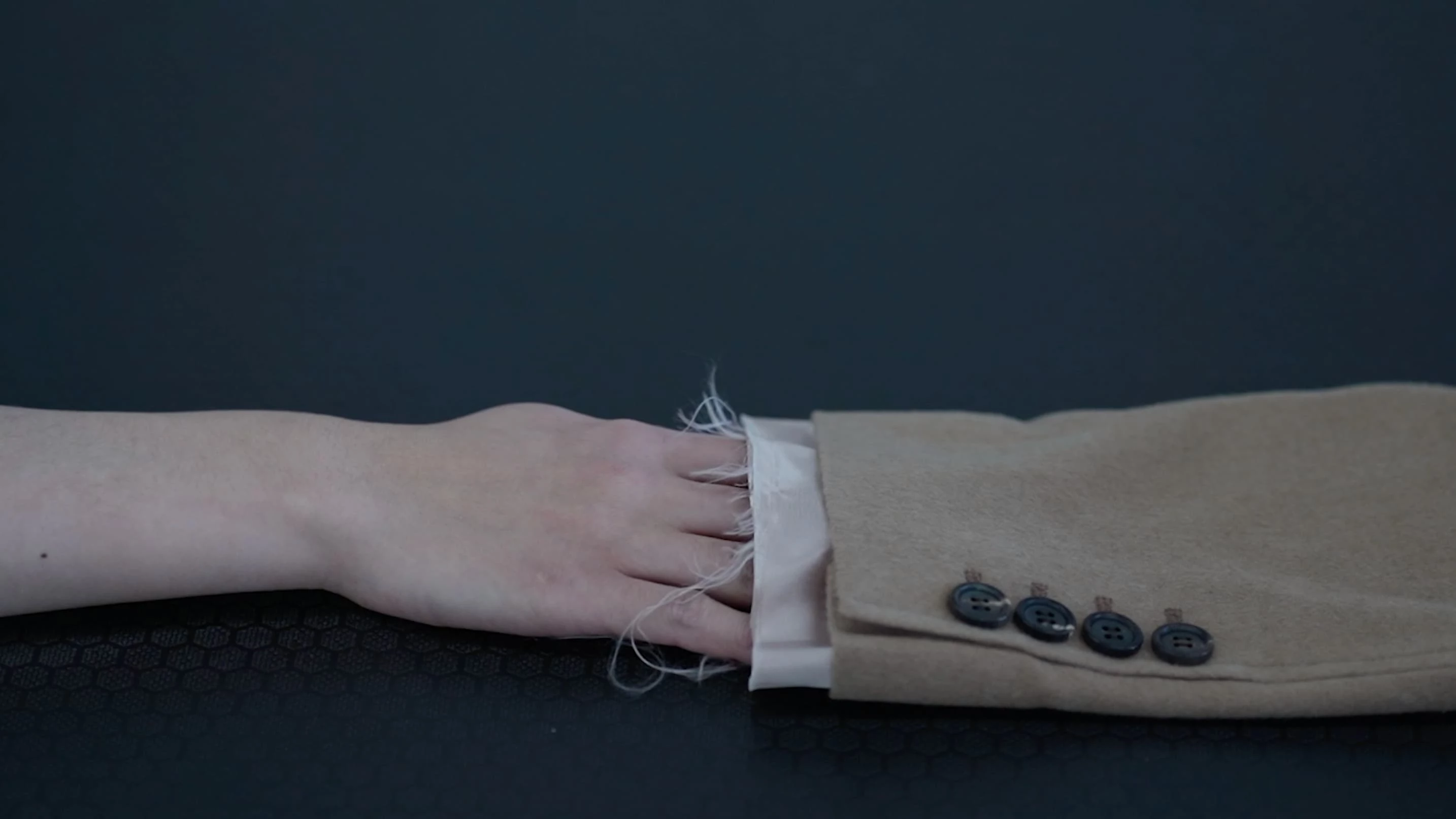
- Date
- 09 MARCH 2023
- Author
- GLORIA MARIA CAPPELLETTI
- Image by
- MIU MIU PRESS OFFICE
- Categories
- Interviews
Geumhyung Jeong Collaborates with Miu Miu to Explore the Relationship Between Body and Clothing
Geumhyung Jeong, the South Korean artist known for her performance-based pieces, recently gained attention for her work at the Miu Miu Fall/Winter 2023 fashion show. RED-EYE took this opportunity to interview the artist and delve deeper into her thought-provoking pieces that center around her body and its relationship to objects.
Jeong's work examines the complex relationship between the body and objects, using movement and gesture to blur the lines between the two. Her performance at the Miu Miu show explored the relationship between her body and clothing, using the fabric itself as the protagonist of the performance.
During the interview, Jeong explained her fascination with how the body and objects interact, and how they can be manipulated and transformed through movement and gesture. She believes that by blurring the lines between the body and the object, a new entity can be created that is both human and non-human.
Jeong's work has been shown in galleries and museums around the world, and she has won numerous awards for her innovative approach to performance art. Her recent collaboration with Miu Miu has introduced her work to a new audience, showcasing her ability to captivate and demand attention.
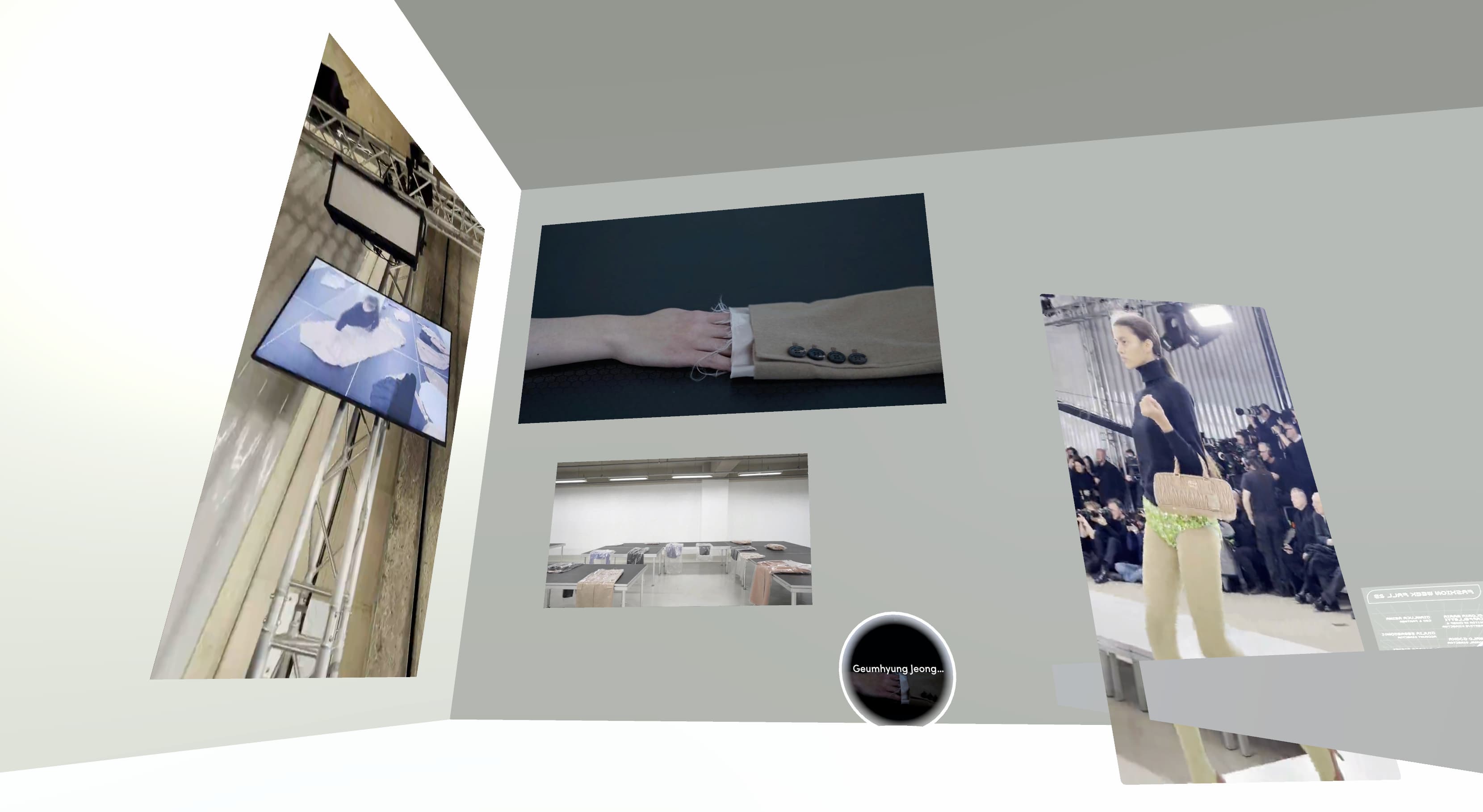
Your work often explores the relationship between humans and machines. How do you see this relationship evolving in the future, and what ethical considerations should we be taking into account as we continue to develop increasingly advanced technologies?
Machines help humans. We usually think about what machine can do for us. But maybe we need to start to think about what we can do for machines.
Your work often involves an intimate engagement with your own body. How do you navigate the potentially fraught terrain of using your own body as a medium, and what role does vulnerability play in your artistic practice?
In my performances, the goal of using my body is often to bring attention to an object through my movement with it. The slowness of movement is important for this reason. At the same time, it also has to handle the changing timing of the speed. I never quite know how every decision I make during performance works out over time. I have to follow and trust my body sense. Sometimes I also happened to get lost.
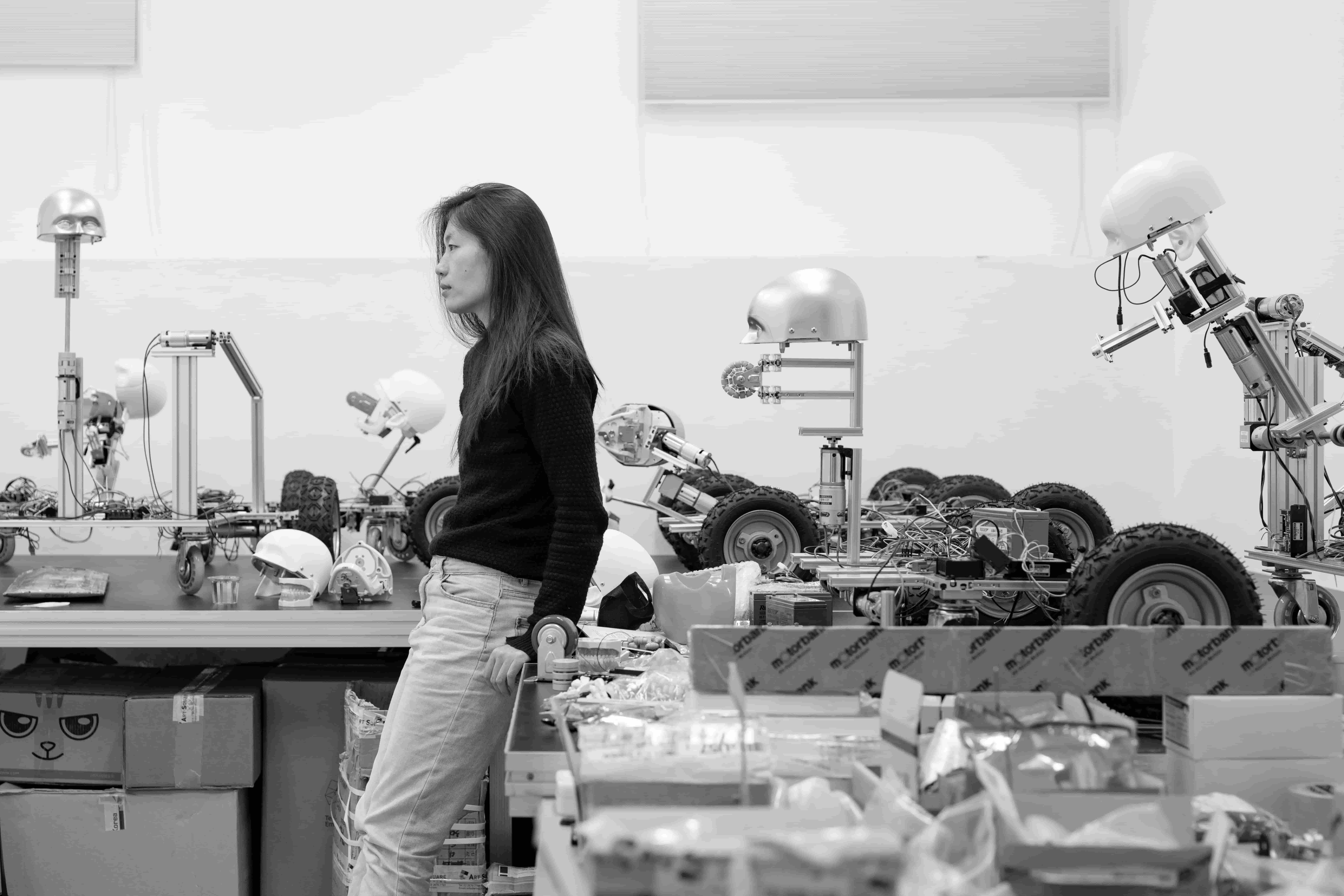
As a female artist, how do you see your work fitting into the larger conversation around feminism and gender in the art world, and how do you see your perspective as a woman influencing your artistic practice?
When I deal with my body as a medium, what I do becomes a work on the female body. I tried to focus on a specific detail of the movement of my body in a situation with objects I chose.
Your work often engages with themes of power and control. How do you see these themes playing out in our contemporary society, and how does your work offer a unique perspective on these complex issues?
My theme is the puppet. The puppeteers control the puppet, but the movement of the puppeteer's body is controlled by the puppet. In general, the relationship between humans and objects is not equal. I think I have the power over the objects, so that I can move them and they cannot. So when I move objects, I have to be gentle. But then, often, they don't move as I expected and I have difficulty with them on stage. They are not always as controlled as they should be. In the end, it becomes as if I am controlled by the objects myself. Often viewers are not sure which parts have been planned and which have not; sometimes it happens that there are unexpected problems with the object not following my direction. In any case, each situation becomes the narrative of the performance.
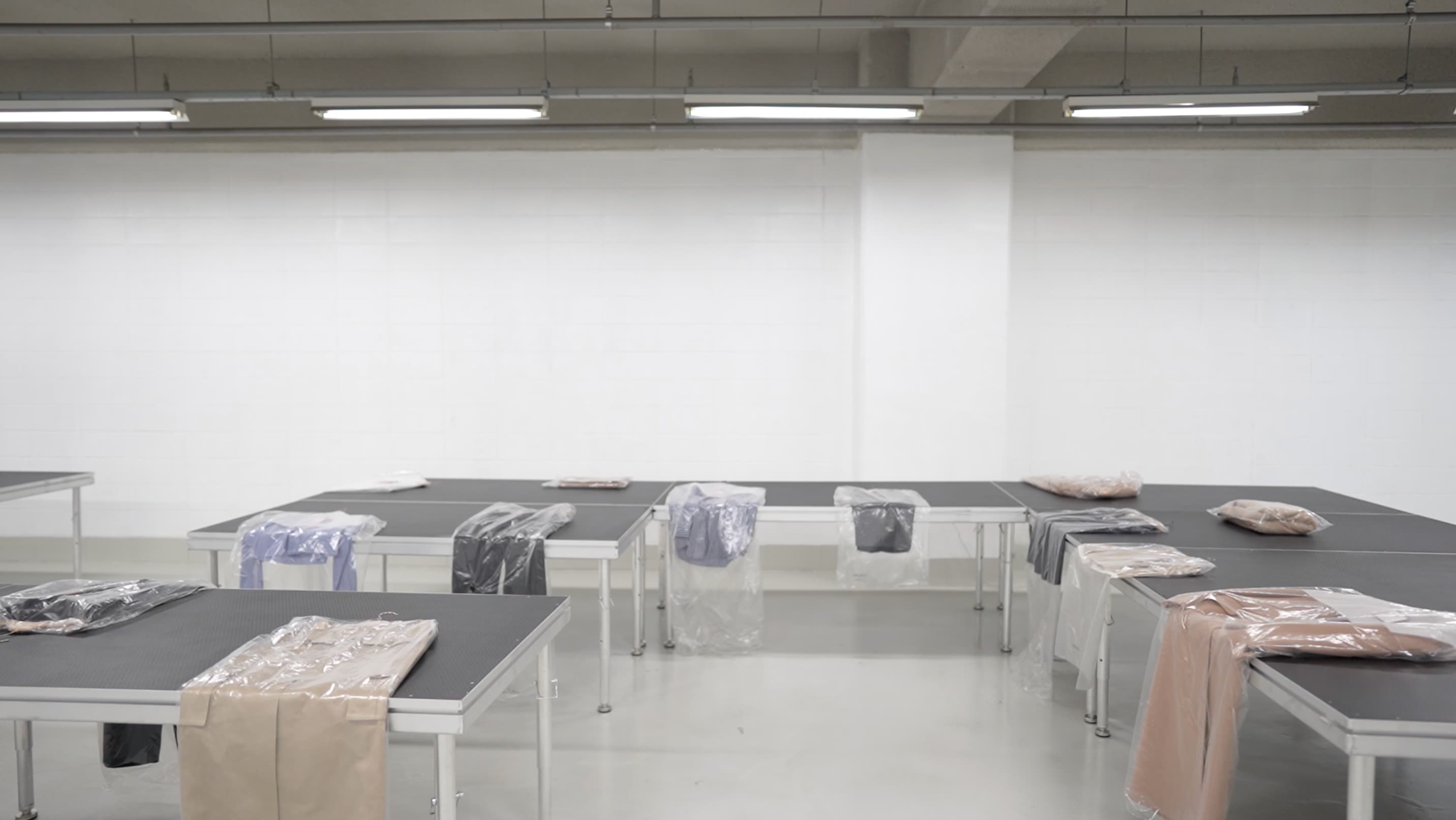
As an artist, what do you see as your role in society, and how do you hope your work can contribute to broader conversations around art, culture, and politics?
In live performances in front of the audience, I want to be a sacrifice for the ritual. And I also hope to be a magician who has the technique to create an illusion or an inventor who can create something we have not seen before.
Your work often invites the viewer to participate in some way, whether through interaction with objects or through physical performance. How do you see the role of the viewer in your artistic practice, and how do you hope your work can create meaningful connections with your audience?
The audience completes the work. I hope to create a journey that the audience wants to continue on with me.
Your work often blurs the boundaries between different artistic mediums, from performance to sculpture to installation. How do you see these different forms of artistic expression interacting with one another in your practice, and what role does experimentation play in your creative process?
I usually have a certain theme that I want to achieve with objects, choosing the right medium. It's like repeating the same story in different ways. I like to focus on what is possible with a certain form and play by pushing myself further. Sometimes I feel like I'm learning to switch from one medium to another to understand the different forms to deal with. At first it takes time to try a new medium. I had an "Oh, now I understand this!" moment on something that was already obvious to everyone in the industry. And people looked at me like, "Didn't you know that?"
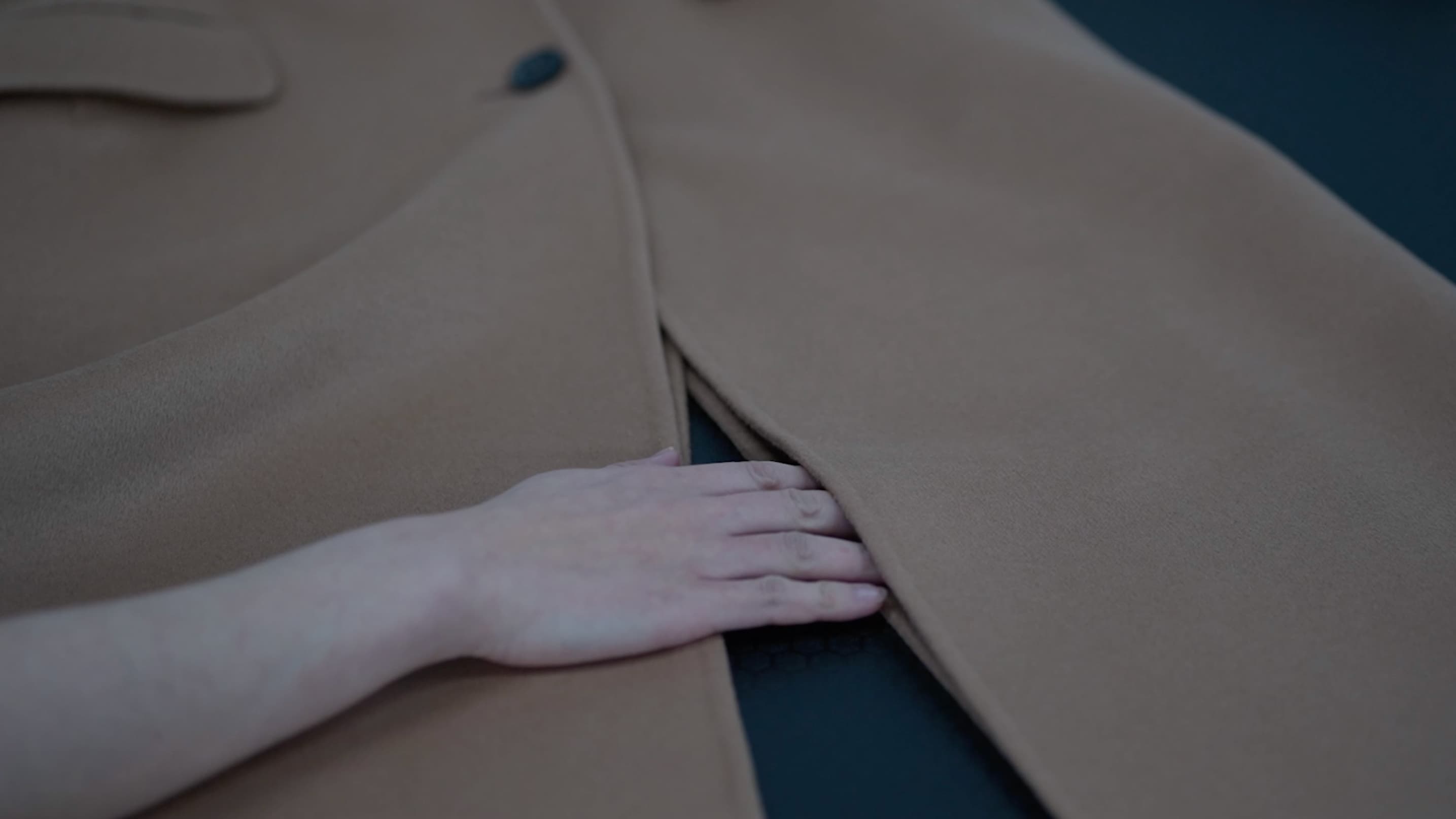
How did your collaboration with Mrs. Miuccia Prada come about, and what was the creative process like in working with such an iconic figure in the fashion world?
Making something for the fashion show and the new environment allowed me to have a lot of freedom and not have to imprison myself in my own rules and way of doing things, as I do in general. I enjoyed the process of developing the idea along with the feedback from Ms. Prada and the whole team. I always listened to their opinions and was happy when they liked the things I suggested.
Miu Miu is a brand with a strong and recognizable aesthetic. How did you approach integrating your own artistic style and perspective into this context, and what do you hope to bring to the conversation around fashion and art through this collaboration?
I wanted to find a way that was only possible with the Miu Miu brand. The solution was to bring Miu Miu clothes as a subject, using them as objects to be interpreted. In my past works, I have used fabrics and costumes for my performances, but mostly they had a certain function of supporting the transformation of the body or object, like hiding a part of my body. This time, the fabric itself becomes the protagonist of the performance.
The fashion show is a very new experience for me, but at the same time there is a similarity with performance or theater, because it is a form of live performance that I am familiar with. I'm also very curious about the conversation that could be had.
Interview by Gloria Maria Cappelletti
Geumhyung Jeong's Portrait by Cheolki Hong, Courtesy of Incheon Art Platform
Performance Images Courtesy by the Artist and Miu Miu Press Office
Video Courtesy Miu Miu Press Office